Joe Eaton
cuSLINK: Single-linkage Agglomerative Clustering on the GPU
Jun 28, 2023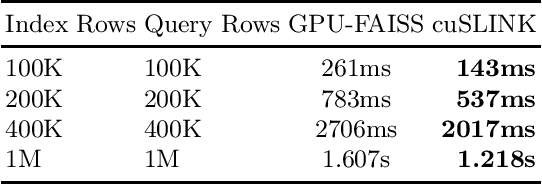
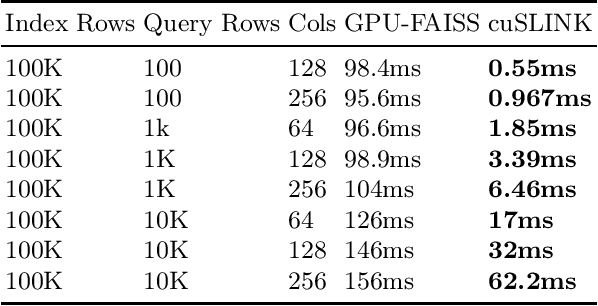
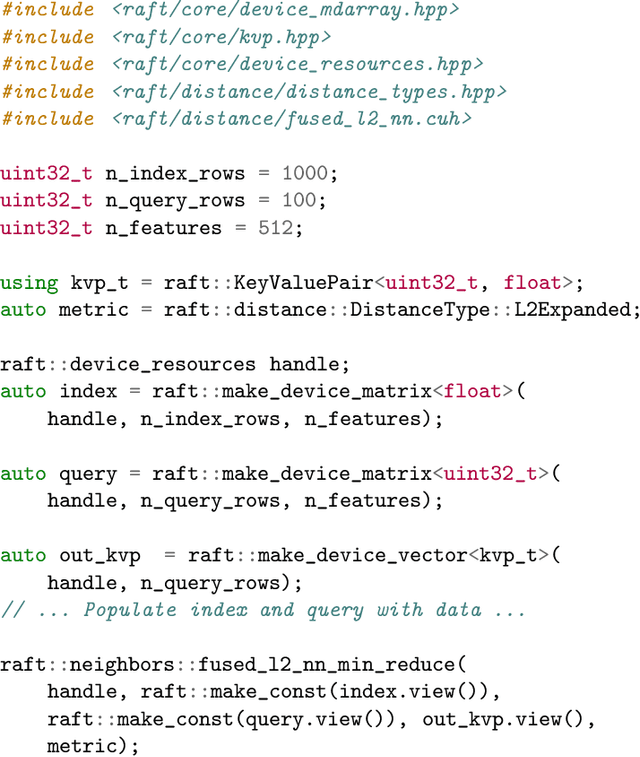
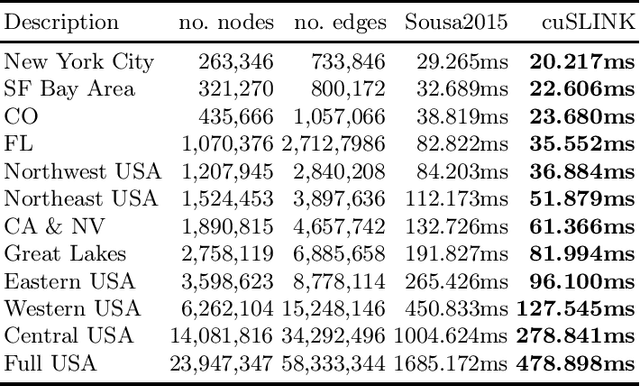
Abstract:In this paper, we propose cuSLINK, a novel and state-of-the-art reformulation of the SLINK algorithm on the GPU which requires only $O(Nk)$ space and uses a parameter $k$ to trade off space and time. We also propose a set of novel and reusable building blocks that compose cuSLINK. These building blocks include highly optimized computational patterns for $k$-NN graph construction, spanning trees, and dendrogram cluster extraction. We show how we used our primitives to implement cuSLINK end-to-end on the GPU, further enabling a wide range of real-world data mining and machine learning applications that were once intractable. In addition to being a primary computational bottleneck in the popular HDBSCAN algorithm, the impact of our end-to-end cuSLINK algorithm spans a large range of important applications, including cluster analysis in social and computer networks, natural language processing, and computer vision. Users can obtain cuSLINK at https://docs.rapids.ai/api/cuml/latest/api/#agglomerative-clustering
Semiring Primitives for Sparse Neighborhood Methods on the GPU
Apr 13, 2021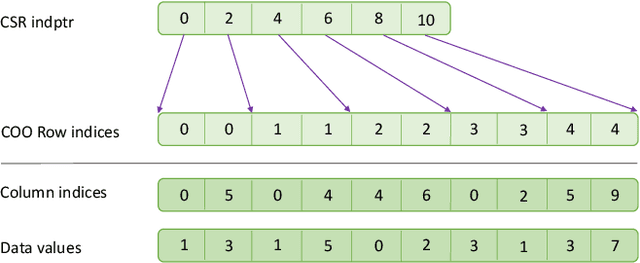
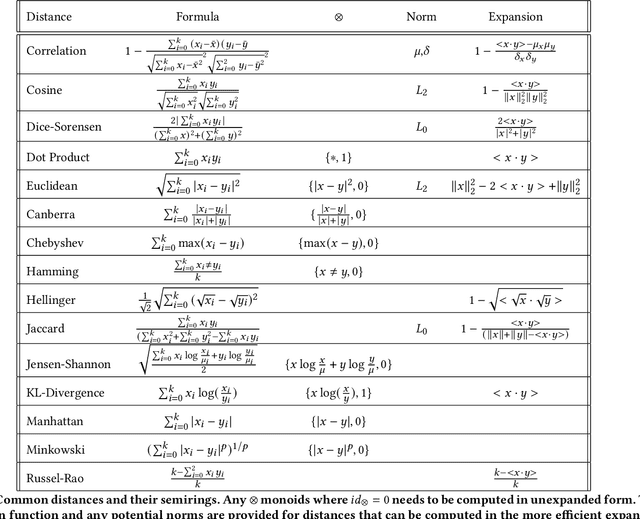
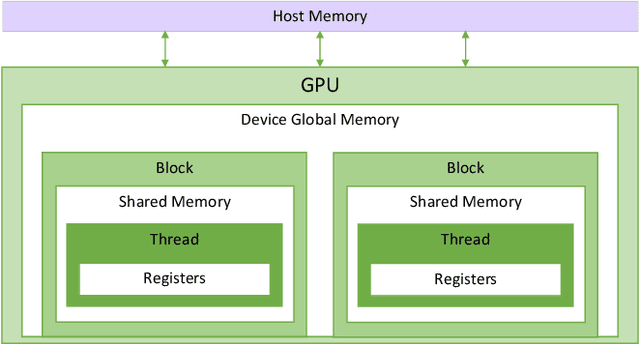

Abstract:High-performance primitives for mathematical operations on sparse vectors must deal with the challenges of skewed degree distributions and limits on memory consumption that are typically not issues in dense operations. We demonstrate that a sparse semiring primitive can be flexible enough to support a wide range of critical distance measures while maintaining performance and memory efficiency on the GPU. We further show that this primitive is a foundational component for enabling many neighborhood-based information retrieval and machine learning algorithms to accept sparse input. To our knowledge, this is the first work aiming to unify the computation of several critical distance measures on the GPU under a single flexible design paradigm and we hope that it provides a good baseline for future research in this area. Our implementation is fully open source and publicly available at https://github.com/rapidsai/cuml.
Attack Graph Convolutional Networks by Adding Fake Nodes
Oct 26, 2018



Abstract:Graph convolutional networks (GCNs) have been widely used for classifying graph nodes in the semi-supervised setting. Previous work have shown that GCNs are vulnerable to the perturbation on adjacency and feature matrices of existing nodes. However, it is unrealistic to change existing nodes in many applications, such as existing users in social networks. In this paper, we design algorithms to attack GCNs by adding fake nodes. A greedy algorithm is proposed to generate adjacency and feature matrices of fake nodes, aiming to minimize the classification accuracy on the existing nodes. In additional, we introduce a discriminator to classify fake nodes from real nodes, and propose a Greedy-GAN attack to simultaneously update the discriminator and the attacker, to make fake nodes indistinguishable to the real ones. Our non-targeted attack decreases the accuracy of GCN down to 0.10, and our targeted attack reaches a success rate of 99% on the whole datasets, and 94% on average for attacking a single target node.
 Add to Chrome
Add to Chrome Add to Firefox
Add to Firefox Add to Edge
Add to Edge